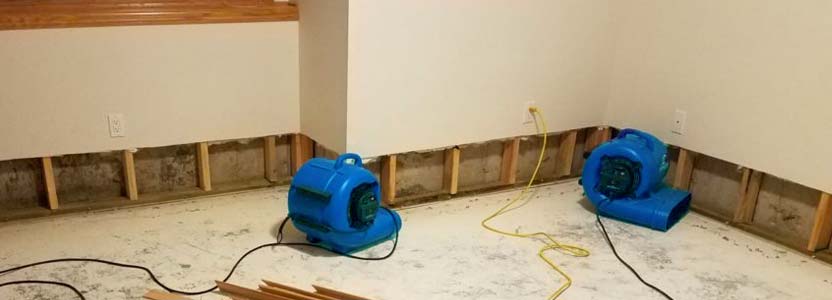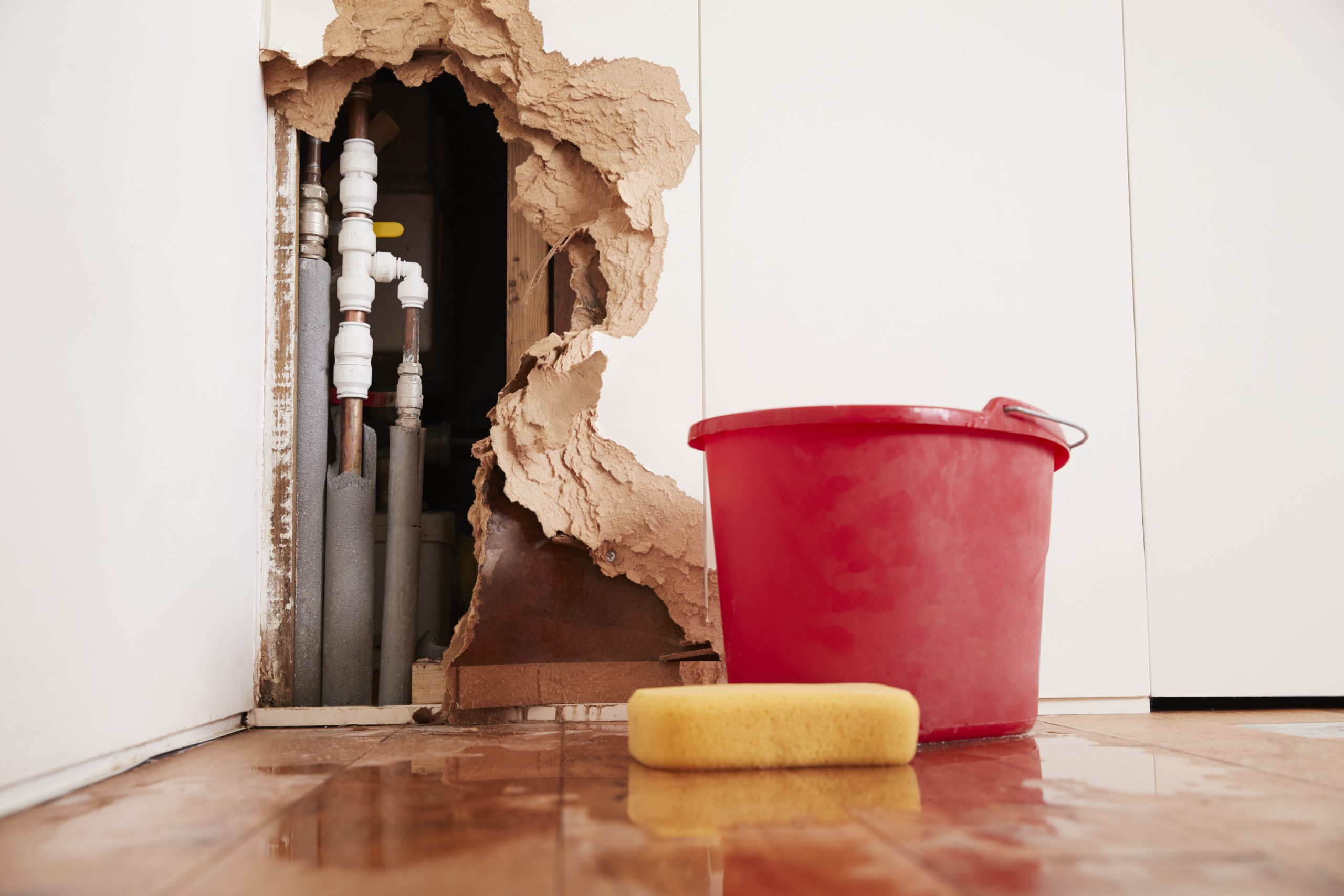Leak Detection Philadelphia: Early Treatment for Property Security
Leak Detection Philadelphia: Early Treatment for Property Security
Blog Article
Emergency Water Damages Restoration: Swift Feedback to Lessen Additional Damage
Water damages can strike suddenly and leave destructive effects on organizations and homes. When faced with such a situation, a speedy action is important to minimize more damage and protect against prospective health risks. What precisely does emergency situation water damage reconstruction involve? In this conversation, we will explore the relevance of instant activity, the evaluation process, the actions involved in water removal and drying, mold and mildew prevention and removal, and eventually, the restoration of the damaged location. By comprehending the urgency and thorough nature of this process, you will obtain valuable understandings right into how professionals take on emergency water damages, making certain a swift and efficient reaction.
Importance of Swift Reaction

One of the primary factors speedy response is vital in water damages restoration is to avoid the development of mold and mildew and mildew. Mold can start to grow within 24 to two days of water direct exposure, and once it holds, it can spread out rapidly throughout the afflicted location. Mold and mildew not only causes additional damages to the framework of the structure yet also positions wellness risks to residents. By reacting promptly, professionals can completely dry out the location and inhibit the growth of mold, minimizing the need for substantial removal and making sure the safety and security of those entailed.
Water damages can be devastating, specifically when it affects individual items of nostalgic or monetary worth. Acting swiftly enables professionals to examine the damage and carry out appropriate remediation techniques to recover as much as possible.
Analyzing the Degree of Damages
To efficiently attend to the consequences of water damages, it is important to without delay evaluate the degree of the damages inflicted upon the afflicted location. Evaluating the degree of water damages is a vital action in the restoration process as it assists reconstruction professionals figure out the ideal strategy and establish a reliable restoration plan.
Throughout the analysis, restoration experts completely check out the damaged area to identify visible indications of damages, such as water discolorations, warped materials, and mold development. They additionally make use of specialized devices to find surprise damage, such as moisture meters and thermal imaging video cameras (leak detection philadelphia). This comprehensive assessment enables them to properly establish the level of the damages and create a customized restoration strategy
Because it assists professionals prioritize their efforts,Examining the degree of water damage is important. They can determine areas that call for prompt focus, such as standing water elimination and drying, to avoid more damages and lessen the threat of mold and mildew growth. They can also identify the areas that need fixings or replacement, ensuring that no damage goes unnoticed or unattended.
Furthermore, a comprehensive analysis supplies important info for insurance objectives. It helps homeowners and insurance policy adjusters recognize the range of the damages, which is necessary for filing exact insurance coverage claims and getting the suitable insurance coverage.
Water Extraction and Drying Out Process

The water removal and drying process is an essential action in water damage remediation, as it includes the elimination of excess water and the thorough drying of the afflicted area to protect against more damage and reduce the risk of mold and mildew development. After examining the extent of the water damages, the next step is to draw out the water from the damaged location.
This action is necessary in avoiding additional damages, such as architectural damage and the development of mold and mildew and mildew. The drying process may take numerous days, depending on the degree of the water damages and the materials included.
It is vital to make certain that the damaged area is completely dry prior to waging any repair work or repair. Failing to completely dry out the area can bring about long-term issues, including damaged structures, mildewy smells, and the development of mold and mold. For that reason, specialist water damage repair firms utilize moisture detection tools to ensure that the damaged area is entirely dry before proceeding to the next action.
Mold And Mildew Avoidance and Remediation

To prevent mold and mildew development, it is crucial to attend to water damages without delay. The first step is to determine and fix the source of the water intrusion.
In situations where mold and mildew growth has currently occurred, removal is needed to remove the mold and avoid its return. This includes the cautious removal and disposal of damaged products, such as drywall or carpet, to ensure that all traces of mold and mildew are gotten rid of - home inspector philadelphia. It is very important to note that mold and mildew remediation must be executed by specialists that have the essential training and devices to safely deal with and eliminate mold
Bring Back the Affected Location
After attending to mold and mildew avoidance and remediation, the following critical step in water damage reconstruction is bring back the afflicted location to its pre-damage problem. This step includes a comprehensive process to guarantee that all traces of water visit damage are gotten rid of and the damaged area is completely fixed.
To start with, it is important to thoroughly dry out the location to stop any kind of more damages and to inhibit the development of mold and mildew and mildew. This might include using specialized drying out devices, such as dehumidifiers and industrial-grade fans, to get rid of all moisture from the affected surface areas.
Once the area is totally dry, the reconstruction process can start. This might include repairing or replacing damaged architectural aspects, such as floor covering, drywall, or ceiling ceramic tiles. It is essential to address any underlying issues that might have triggered the water damages, such as leaky pipelines or faulty pipes, to stop future incidents.
In addition, restoring the afflicted location might also include painting wall surfaces, replacing damaged fixtures, and completely cleaning and sterilizing the space. This makes certain that not just is the location structurally sound, yet it is likewise cosmetically pleasing and secure for tenancy.
Verdict
Examining the level of damages allows for reliable water extraction and drying out processes to be executed. In general, timely activity and thorough remediation measures are essential to reducing the adverse impacts of water damage.
Swift feedback is of utmost importance in water damage repair to reduce additional damage and reduce prospective threats.Throughout the assessment, reconstruction professionals completely take a look at the afflicted area to identify visible indicators of damage, such as water discolorations, distorted materials, and mold growth.The water removal and drying out procedure is a crucial action in water damage restoration, as it entails the removal of excess water and the comprehensive drying of the affected area to avoid additional damages and reduce the threat of mold and mildew development. After examining the extent of the water damages, the following step is click to extract the water from the home inspector philadelphia affected location. leak detection philadelphia.Effective mold prevention and remediation are critical in water damage remediation to guarantee the safety and security and stability of the damaged area
Report this page